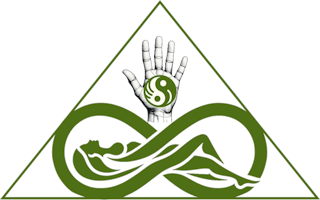Range of Motion: Anatomical vs Physiological
Anatomical Range of Motion (AROM)
Anatomical Range of Motion refers to the maximum possible movement around a joint, as determined by the physical limitations of the anatomy. This includes the physical limitations imposed by the shapes and lengths of the bones, the constraints imposed by ligaments and tendons, and the arrangement of the surrounding muscles and tissues. This is typically the measure you’d see in an anatomy textbook and represents the theoretical maximum that a joint could move under ideal circumstances.
Physiological Range of Motion (PROM)
Physiological Range of Motion refers to the range of motion that is actually achievable in a living, functioning human body, taking into account not just the anatomical structures but also the person’s muscle strength, coordination, pain threshold, neurological control, level of consciousness, and willingness or ability to move. This is typically less than the anatomical range of motion, and can vary widely between different individuals, and even for the same individual at different times.
Example
For example, let’s consider the elbow joint. The anatomical range of motion might be 0 degrees (fully extended) to 150 degrees (fully flexed). However, in an individual who has a muscle weakness, injury, or neurological impairment, the physiological range of motion might be substantially less than this – say, from 20 degrees to 120 degrees.
Importance
This distinction is important in fields such as manual therapy, where therapists are often trying to improve a person’s physiological range of motion, ideally to reach their full anatomical potential. It’s also used in the study of diseases and conditions that affect joint mobility, and in the design of assistive devices and prosthetics.
